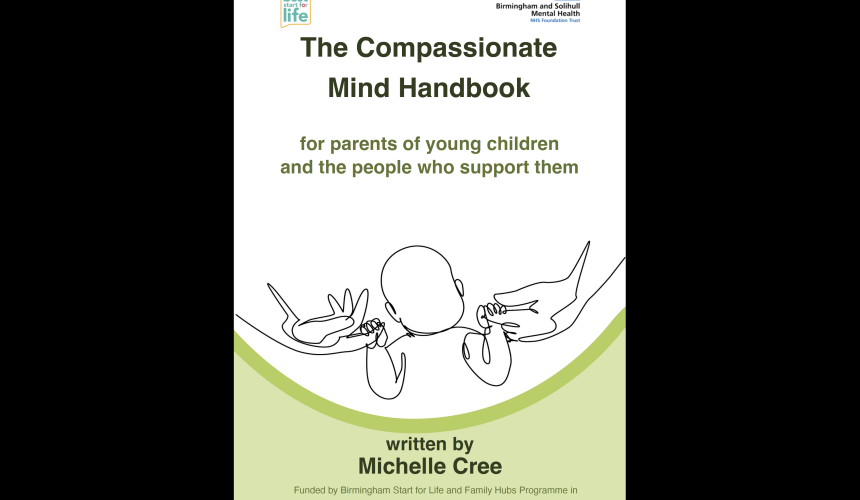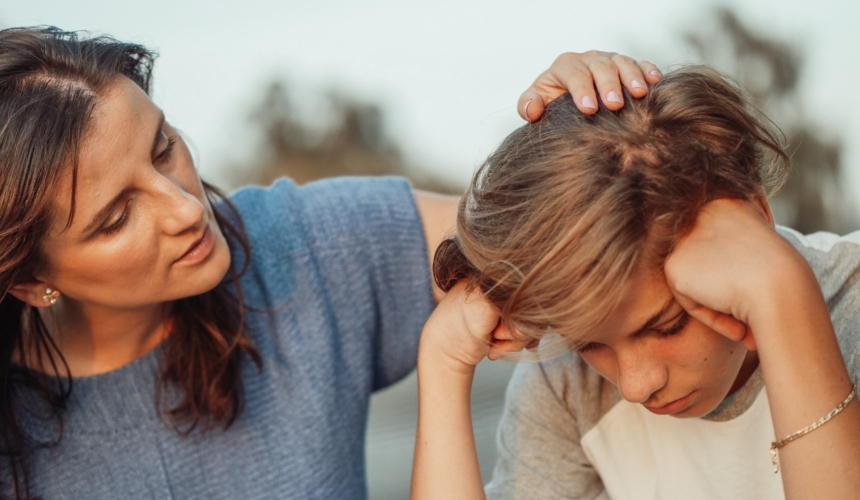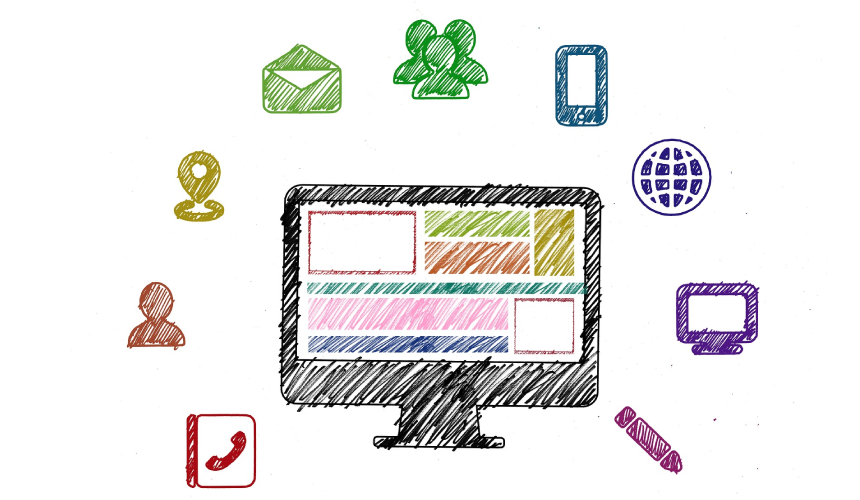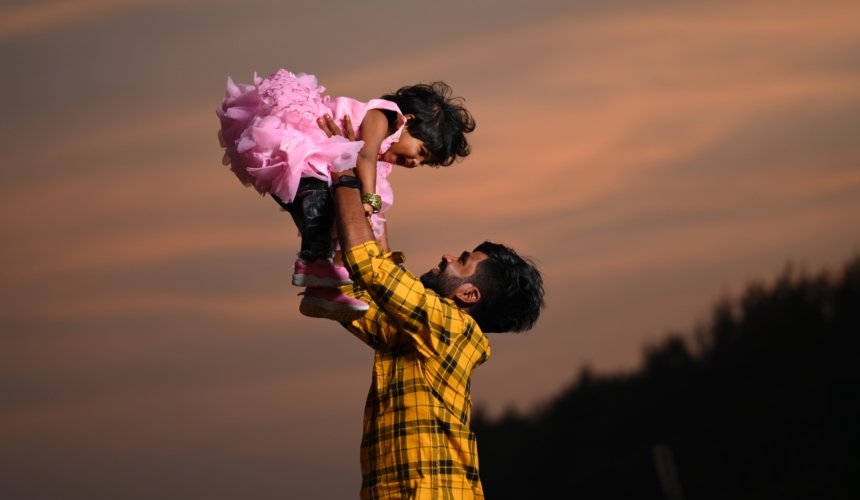

“Unspeakable feelings need to find expression in words. However... verbalisation of very intense feelings may be a difficult task.”
James A. Chu
Emotional regulation or self-regulation is the ability to monitor and modulate which emotions you have, when you have them, and how you experience and express them.
For information about what Emotional Regulation means and why it is important to the wellbeing and healthy functioning of young people, please visit our Primary School page on Emotional Regulation.
Learning to self-regulate is a key milestone in a child’s development, whose foundations are laid in the earliest years of life. A child’s capacity to regulate their emotions affects their family and peer relationships, academic performance, long-term mental health, and their ability to thrive in a complex world.

Relationships with family and peers
A child who cannot self-regulate and throws tantrums constantly puts a strain on the parent-child relationship. This can impact the climate of the whole household, including siblings or everyone around them, and lead to a negative spiral.
The same occurs in friendships whereby children who do not have the ability to control their feelings or behaviour can have a harder time making or keeping friends. The inability to self-regulate emotions can lead to traits like anger, aggression, withdrawal or anxiety.
All of this can snowball into further negative consequences: children who are rejected by their peers are at increased risk of dropping out of school, delinquency, substance abuse and other behaviour problems. Those who are withdrawn and rejected by peers are also more likely to get bullied.
Performance and success
In contrast, good emotional regulation in children not only positively impacts relationships, but it is also a strong predictor of academic performance and success. Effective emotion management allows a student to focus on performing during tests and exams, rather than being impaired by anxiety.
Resilience and mental health
Meanwhile, children who have learned to regulate their emotions can also better handle and bounce back from trauma or adversity; they have a higher distress tolerance and more resilience. Many clinical disorders in children are closely related to emotional regulation or, rather, the lack of it. For example, emotional dysregulation is linked to behaviour problems like Oppositional Defiant Disorder, and it can put a child at a significant risk of developing anxiety disorders, eating disorders, clinical depression, numerous other clinical disorders, and the development of psychopathology.
For more information of the importance of developing resilience to wellbeing and healthy functioning in young people; please refer to our section on resilience.
What does a self-regulated child look like?
Self-regulation may look different at varying stages of development, but a self-regulated child is likely to show degrees of:
A child who has difficulties with self-regulation may struggle to:

As with all matters of wellbeing, taking time to focus on areas such as emotional intelligence and social confidence helps to build an outlook that feeds into the interactions a teacher has with the young people they support. Whilst we are preparing ourselves to help others we must also look after ourselves. We’ve got some advice and guidance on this in the teacher wellbeing section.
To self-regulate, we need to notice, monitor and recognise feelings and then adapt them appropriately for each situation. Note that this does not always mean decreasing negative feelings and increasing positive ones. Suppressing negative feelings and forcing ourselves not to express them are not good a self-regulation process.
Emotion regulation is not just about expressing emotions in a socially appropriate manner. It is a three-phase process that involves teaching children to identify emotions, helping them identify what triggers those emotions, and teaching them to manage those emotions by themselves. When we teach children that their emotions are valid, we help them view what they feel as normal and manageable.
Modelling appropriate behaviour is also important during the childhood years. The best way to teach your child to react to anger appropriately is to show them how. Evidence suggests that children pick up our emotions, and that those exposed to many negative emotions are more likely to struggle.
Ultimately, helping children manage their emotions begins by validating those emotions and providing an environment in which they feel safe to express them. Several studies have shown, children who feel safe are more likely to develop and use appropriate emotion regulation skills to deal with difficult feelings.
Talking about and normalising the variety of different feelings we experience, is a great way for young pupils to begin feeling comfortable noticing and labelling their own feelings. ‘Sesame Street’ has developed a number of videos where characters help each other identify and discuss their emotions. These can all be found linked in our resource section.
For younger children, this could begin by discussing the characters in a book and asking them to describe what a character might be thinking. For example:

Is it easier for some children to learn emotional regulation than others?
If it seems like some children have a harder time learning emotional regulation skills while it comes naturally to others, you’re not imagining things. Researchers have found that some babies’ temperament is innately more capable of self-regulating than others.
But while genetics are important, the environment a child grows up in is just as important, if not more. The capacity to self-regulate is not set in stone. All children can learn to manage their feelings, given an appropriate environment.
Engage children in problem solving about their challenging behaviours. Giving children a chance to practice and “do-over” particularly challenging interactions can be a powerful learning tool. Help children role-play positive ways to solve problems, take turns, and co-operate. Practice appropriate responses to typical preschool scenarios and give lots of positive encouragement!
Create a ‘Calm Down Area’. Not all pupils will use this area, but there are some students who truly need it. Set up a small area in your classroom with a bean bag, a few books, a calm down jar, a few fidgets, and anything else you have that is calming. Students who need this space can sit, use coping strategies, and return back to class when they are calm again.
Teach children calm down strategies. Remain calm when a child is not. Appropriate calm down strategies that can be taught to pre-schoolers include:
Practice Mindfulness. Using mindfulness in the classroom can help teach children how to calm down before a big test, manage their emotions when they are upset, and just feel happier in the moment. Sometimes, children may struggle to calm down on their own.
Emotional regulation or self-regulation is the ability to monitor and modulate which emotions you have, when you have them, and how you experience and express them.
Learning to self-regulate is a key milestone in a child’s development, whose foundations are laid in the earliest years of life. A child’s capacity to regulate their emotions affects their family and peer relationships, academic performance, long-term mental health, and their ability to thrive in a complex world.
Modelling appropriate behaviour is also important during the childhood years. The best way to teach your child to react to anger appropriately is to show them how. Evidence suggests that children pick up our emotions, and that those exposed to many negative emotions are more likely to struggle.
We have developed two videos to help teachers facilitate conversations around emotions. You can use the first video with your class or groups of pupils. The second video will talk you through how to use the first and give you some ideas on how to facilitate discussions around emotions. We also have some emotion-based exercises in our resource section.

( resources found)


























How useful was this info?
Click on a star to rate it!
![]()
© Copyright Breathe 2020- 2024
Terms and Conditions | Privacy Policy
supporters & partners 



![]()
